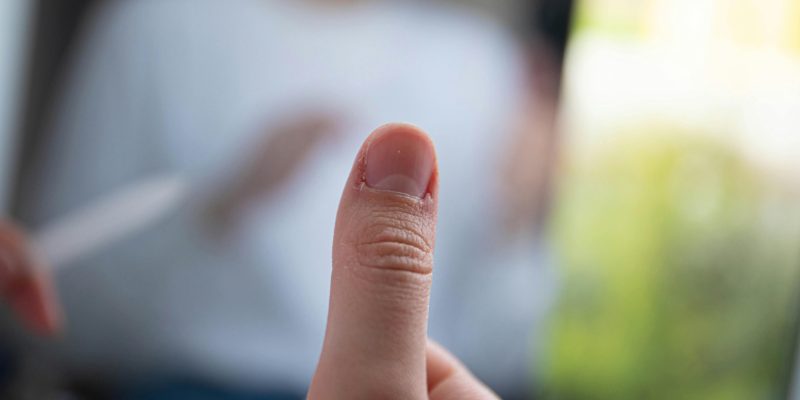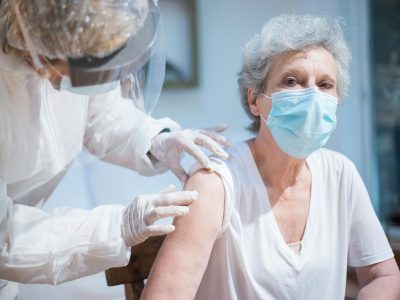Introduction
Many people tend to worry about the visible white spots on nails. They are a common source of confusion when these little splotches appear out of the blue. A little insight into the reasons behind this phenomenon can do away with concerns and restore peace of mind. This article describes what causes these spots, the most common myths, and factual information.
Common Causes:
- Also called leukonychia, white spots on nails are generally benign. The most common cause is microtrauma to the nail matrix.
- It usually occurs from doing things such as typing or using tools, and may occur suddenly.
- Another common reason is an allergy to nail products, such as polishes or hardeners.
- Vitamin deficiencies sometimes are a factor as well. These spots may be due to the deficiency of important minerals like zinc or calcium.
- However, this is still rarer than people think. Additionally, although toenail fungal infections may not be the main cause of nail discolouration, they will tend to occur simultaneously with other characteristics: toenails are likely to be thick, yellow, etc.
Dispelling Myths:
- The white spots are often considered a serious health problem; this is widely regarded as a myth.
- They can sometimes indicate a more serious condition, but this is uncommon. They’re typically harmless and will clear on their own, as the nail grows out.
- They do not always indicate a calcium deficiency, like another misconception. In fact, this is generally not the case as most people consume sufficient calcium from their diet anyway.
- Some claim that this is caused by stress. Since stress is said to take a toll on health, it might appear logical that it can be an underlying explanation for white spots on nails; however, one does not actually have anything to do with the other.
- But there are several myths surrounding parasite allergy, and it is important to separate the two in order to avoid undue concern.
When to Seek Medical Advice:
- Most of the time, white spots are not harmful and do not need treatment. But there are times you should reach out to a healthcare provider.
- However, if the spots remain, grow in size, or are associated with other symptoms such as pain or changes in nails, it is reasonable to consult.
- If any of the spots are persistent, it may be a fungal infection or an underlying health condition.
- And if someone has other symptoms like hair loss, fatigue and skin changes, it could be worthwhile to get checked out by a doctor.
- These are all warning signs that something is off, or they might be early signs of deficiency (or something worse).
Preventive Measures:
To prevent white spots, it is necessary to pay attention to nails and general health. Any activity that could injure the nails should be done using protective gloves. Thus avoiding trauma. Avoiding harsh products and making sure those products are allergen-free can also help limit the risk.
A balanced diet full of healthy vitamins helps to nourish your nails Deficiencies are rare, but good to have a diet that includes zinc (you can also easily find it in supplements), calcium and protein. Drinking enough water and taking care of your general health will lead to healthy and strong nails.
Debunking Misconceptions with Facts:
- When it comes to white spots, it’s important to tell the two apart. They are most often due to minor injuries or product reactions.
- Stress is not an easy trigger, and things like serious health issues are not the root cause. Doing so clears up some needless anxiety.
- Fungi — It could come from a fungal infection, but fungi are very specific and would have other symptoms. These spots can be avoided by maintaining regular nail care and paying attention to changes.
- If someone ever has uncertainty about the reason, speaking to a well-being care service provider can supply reassurance as well as assistance.
Conclusion
Many people notice white spots on their nails, which is a harmless condition. Getting to the bottom of the reasons and busting some of the myths can help quell those worries and ensure that nails are well cared for. The majority of blemishes are non-cancerous, owing to simple trauma or product reactions and not serious health issues. We should be able to enjoy strong, healthy nails without worry by taking preventative measures and living a healthy lifestyle. Therefore, visiting the doctor, in case a person notices anything wrong with their health, will bring reassurance that either a person does not have a serious health problem or, if he does, both the doctor and the patient will work together on finding the right solution.













Comments